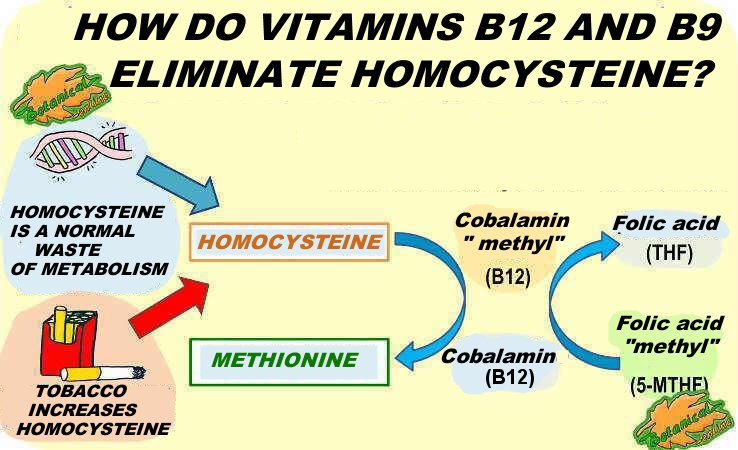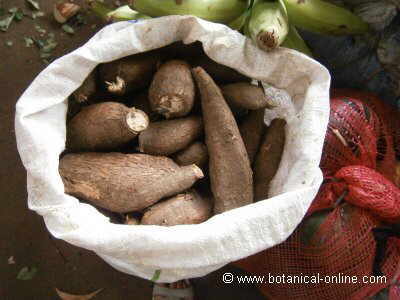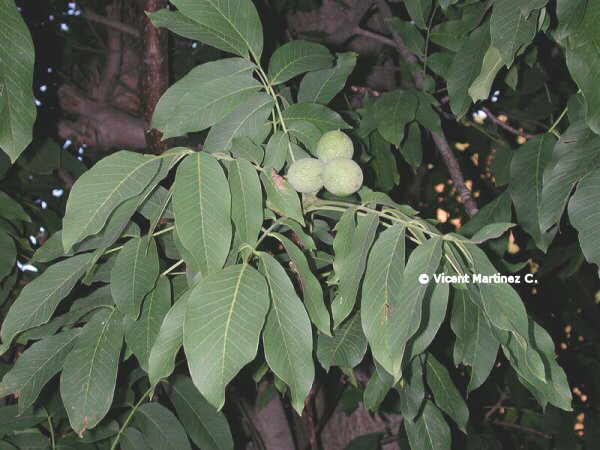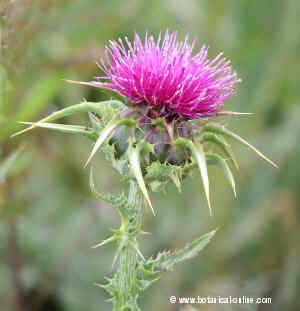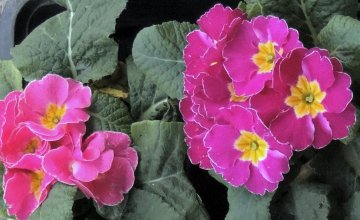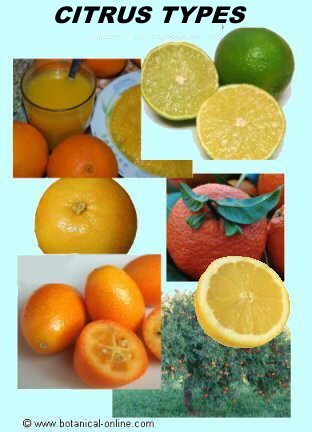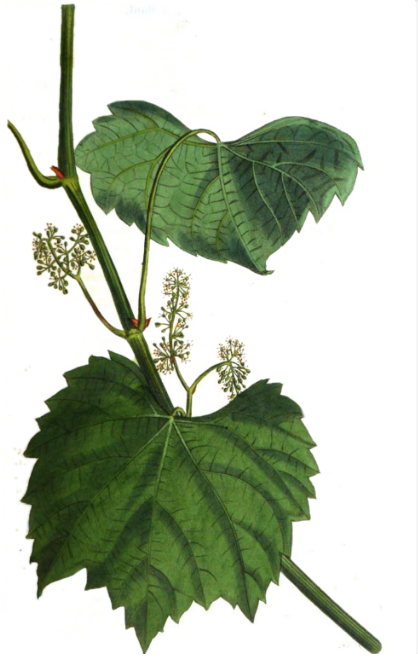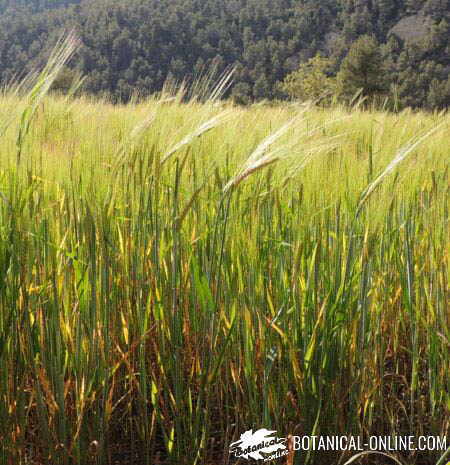Contents
Benefits and risks of wood anemone
CHARACTERISTICS OF WOOD ANEMOME
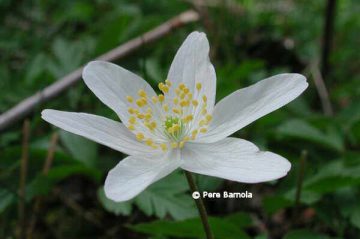
Scientific noun: Anemone nemorosa L.
Common noun:: Wood anemone
Family: Buttercup family – Ranunculaceae
Habitat: In damp woods.
Active principles of Anemone nemorosa
- Ranunculin, which is innocuous, becomes protoanemonin when it enters in contact with the enzyme ranunculase, that is very poisonous. Protoanemonin, in turn, once dried or boiled, breaks down in anemonin or anemonic acid, being these two non poisonous elements.
- Saponins
- Tannins
Active parts: Plant, fruits and rhizomes
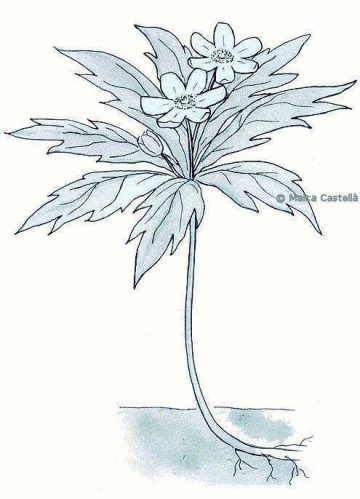
PROPERTIES OF WOOD ANEMONE
Medicinal uses of wood anemome
- Being a rubefacient, it produces redness with heat in the application area – it has been used in external use to reduce rheumatic and gouty pains.
- Mashing the leaves a juice is obtained that has been traditionally used, by means of inhalation, to combat headache.
- Mastication of the tender roots was used to eliminate ulcers and illnesses of the mouth.
Given the toxicity of their components its use is dissuaded in home-made preparations.
Toxicity of wood anemone
The toxicity of Anemone nemorosa is very high. In external use, the use of this plant in many cases, produces big cutaneous lesions, characterized not only by the appearance of bladders but, what is worse, by ulceration or even gangrene.
In internal use it is very toxic, acting as a narcotic and being able to cause muscular paralysis and heart failure.
Symptoms of poisoning with wood anemone
The main symptoms derived from anemone ingestion are:
- Hypertension,
- Cramps
- Tremors
- Coldness in the arms and legs
- Breathing difficulties
- Shortage of breath and death.
Treatment: Expel the poison from the stomach, artificial respiration, breathing stimulants.
Is wood anemone poisonous to animals?
The ingestion of this plant causes in animals serious consequences that can take to the death because of cardiac arrest, but that, in inferior doses, it is manifested in gastric, difficult breathing and hematic disorders.
![]() More information about plants.
More information about plants.

